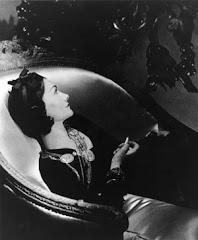
A mysterious on-line magazine called No More: A Compendium of Wit and Folly, has the most intelligent and insightful review so far of The Clothes On Their Backs. And I'm pleased to see they read The Thoughtful Dresser, too.
Grant takes a firm interest in fashion and the history of fashion, but ‘serious’ facts and ‘frivolous’ fashion are not so easily separated, as she is keen to establish. The way we dress has always been part of the surface-depth conundrum, whether you are listening to homely wisdom (it’s what’s inside that counts) or depressing yourself reading the works of French philosopher, Jean Baudrillard. It’s difficult to think of an anti-establishment movement that hasn’t been at least partly defined by a dress code, from Bolsheviks and their caps to Boudica and her face paint. It is even more challenging to imagine being oblivious to people’s clothes. They are simply part of the visible environment. Grant’s title, The Clothes on Their Backs, speaks of immigrants fleeing and arriving, ‘left with nothing but the clothes on their back’. These men and women lose more than just possessions: naked of context and familiarity, they need to construct themselves anew.
. . .
The Clothes on Their Back is about dark places and bright, beautiful clothes, which can help define and preserve identity, often under the most terrible circumstances.

